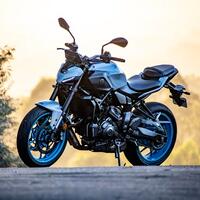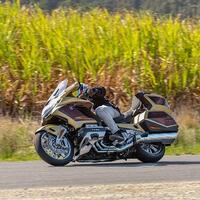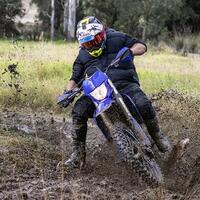
The Yamaha Ténéré 700 didn't become the middleweight ADV benchmark by being flashy. It did it by getting the basics dead right-strong chassis, torquey engine, decent suspension, and a rugged, no-frills attitude that worked everywhere from Mongolia to Mildura. And, importantly, it simply doesn't break.
Now, five years on, the 2025 Ténéré 700 has copped its biggest overhaul yet. And Yamaha's played it smart. They didn't mess with the formula-they just refined it. Owners spoke, Yamaha listened, and the result is a bike that still feels like a T7, only better. I attended the Australian launch of the new T7 and things got ugly and messy. If Yamaha had turned the T7 into a fragile princess it would have broken on the two day launch – it did not.
The changes are many-over a hundred of them-but most aren't headline grabbers. Instead, they're the kind of tweaks that quietly improve your day without shouting about it. A big news piece is the move to a ride-by-wire throttle, which brings selectable ride modes and traction control into the mix. There are two modes-Sport and Explorer-and two levels of traction control (plus "off,” naturally). The new system is intuitive and unobtrusive, and if you don't want to use it, you don't have to.
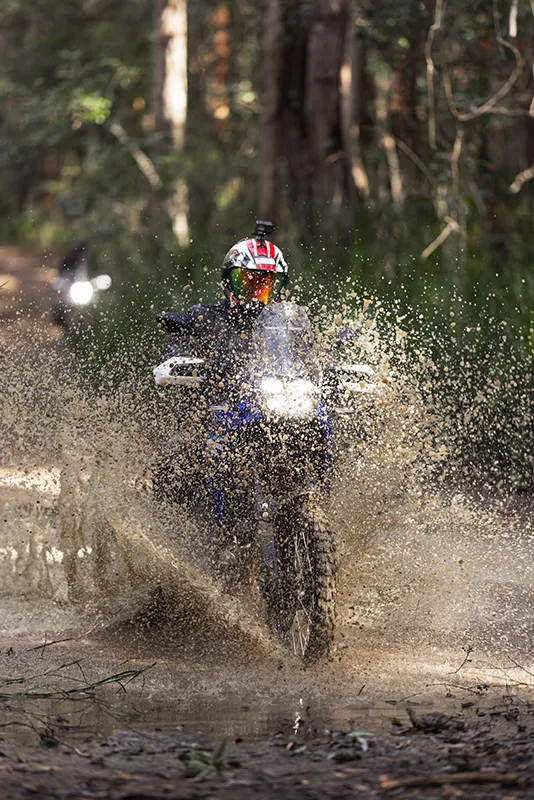
The ABS has also evolved, offering three settings: on, rear off, or fully off. The system's managed via a dedicated button next to the new 6.3-inch TFT dash, which is another sweet upgrade, offering two viewing themes and excellent readability. Navigation is now handled via a proper joystick, and there's smartphone connectivity for turn-by-turn directions and media info. USB-C charging and self-cancelling indicators round out the tech improvements.
Mechanically, the engine is unchanged-still the 689cc CP2 parallel twin pushing out 54kW and 68Nm. Some would have been wishing for more ponies, and that would be nice, but unless you're dragging the kitchen sink up the Hume, it's enough. This engine's real-world performance and bulletproof reliability are a huge part of the T7's appeal. It's predictable, punchy and tractable-exactly what you want in the bush. And at 209kg wet, the T7 remains manageable, with the revised fuel tank position helping centralise mass for easier handling.
The intake and gearbox internals have been refined too-shorter intake runners for stronger low-end pull, new dog gears for smoother shifts, and a reshaped clutch cover that stops your boot from rubbing on it when you're up on the pegs.
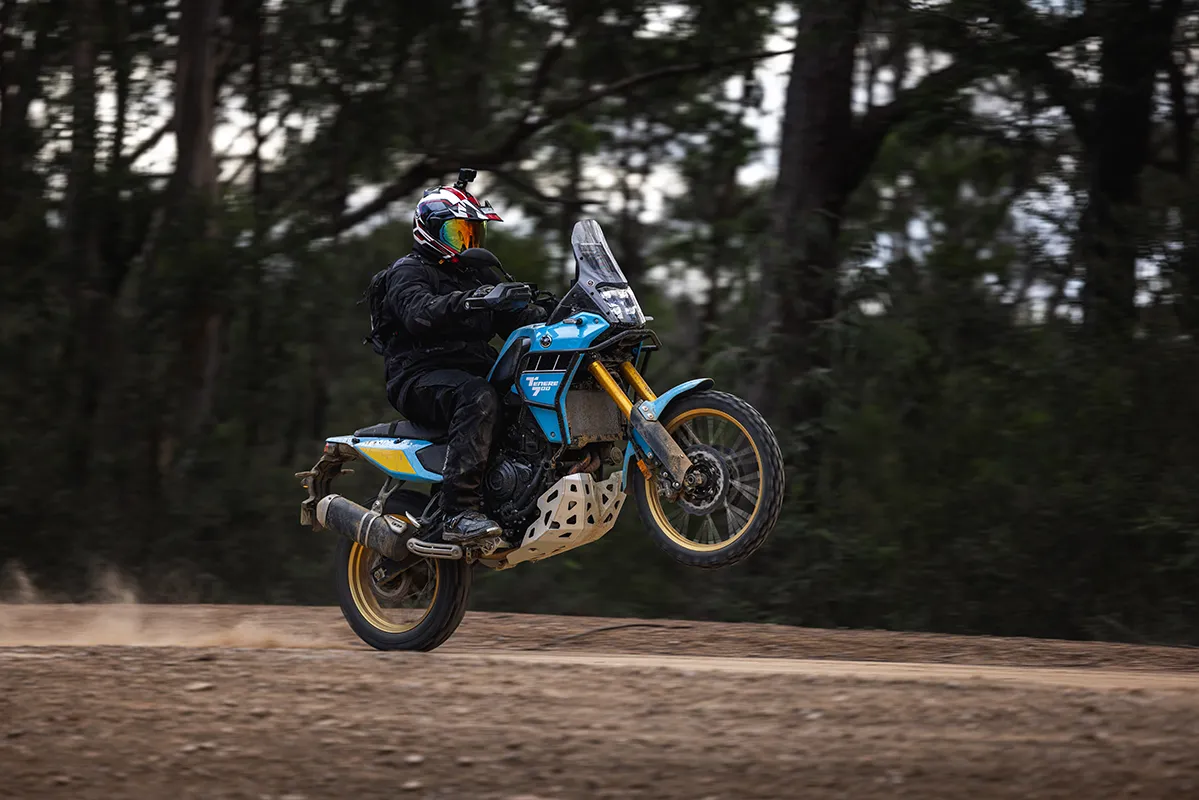
But it's the suspension and chassis that bring the biggest gains. The KYB fork is now fully adjustable and mounts to beefier triple clamps-a forged lower and cast upper. Out back, there's a revised shock and linkage with new damping settings, plus a remote preload adjuster. Travel remains the same, but the new linkage has better progression and doesn't hang down so low, reducing the chance of bashing it through the bush.
I threw the new T7 at some properly ugly climbs-gnarly rock steps, mud, square fast dirt tracks and about a thousand drainage hump jumps-and the bike just soaked it all up. The suspension no longer feels like a weak point. It resists bottoming better than before, glides over smaller trail kibble with aplomb, and doesn't deflect off harsh hits like the old bike sometimes could. For the average rider, there's little reason to rush out and revalve this setup-it's damn good out of the box.
I'm 105kg and over six foot tall, and with a few tweaks to the preload and damping settings, the T7 was a pleasure to punt through the bush, staying composed over two days of the Australian media launch of the new bike. And we hit off-road riding that I know a lot of adventure riders are never going to tackle. Despite this, not a single "oh shit” moment. That's confidence-inspiring.
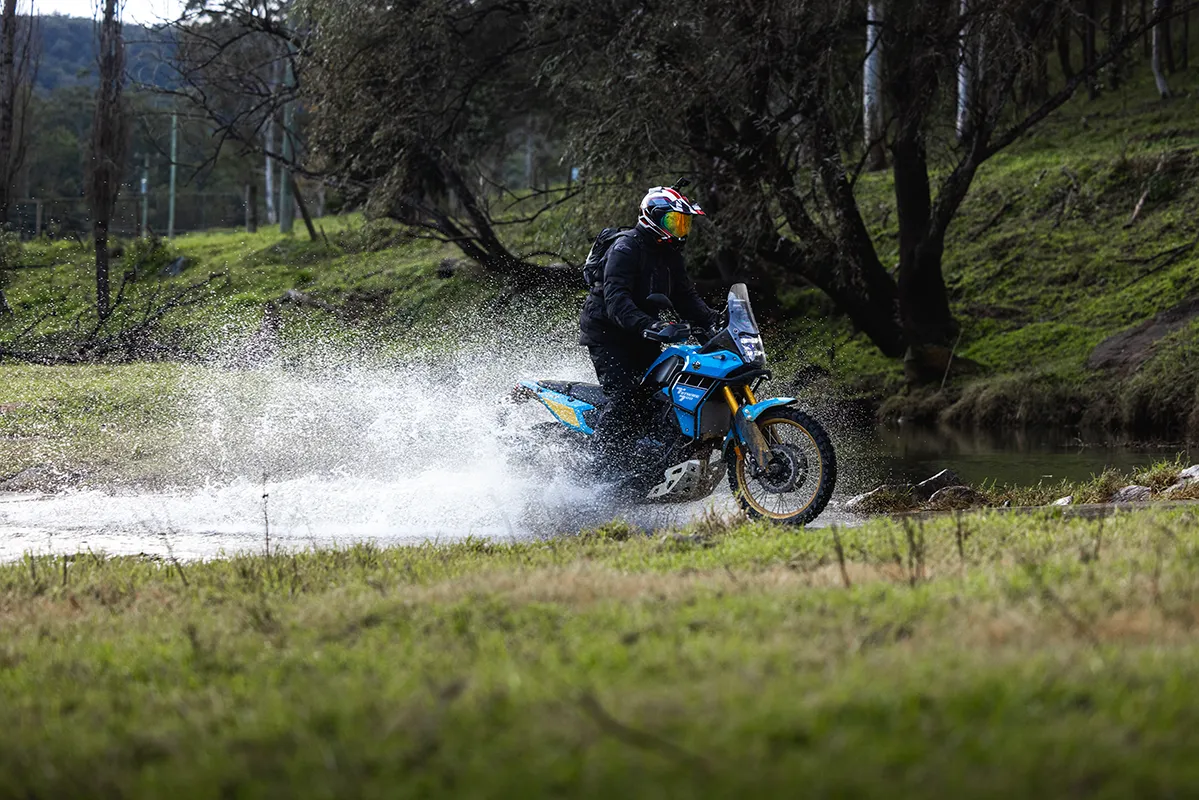
Ergonomically, there's a new single-piece rally seat, and the wider footpegs-borrowed from the World Raid-which are a vast improvement when you're up on the pegs for extended periods. The updated colour-coded handguards are a nice touch, and the new stacked LED headlight setup looks sharp while keeping the rally aesthetic intact. The subframe has been strengthened at the luggage points, the sidestand switch moved for better protection, and the exhaust bracket reinforced. Again, small stuff-but it all counts.
If I have one criticism, it's the brakes. They do the job, but the front in particular lacks bite. You notice it most on sealed sections when you're really up it, and you'd notice it even more so with the T7 loaded up. Some braided lines and better pads would help, but I would like to have seen Yamaha soup things up a bit to bring it up to a similar level as the braking performance on some of its competitors.
As for the new traction control-it works surprisingly well, even off-road. I deliberately left it on through rocky climbs, and while you can feel the system intervening, it's smooth and doesn't kill momentum. The CP2 engine is so linear and predictable that you'd have to be wildly cack-handed to get yourself in strife, so I still turn it off when tackling technical off-road sections.
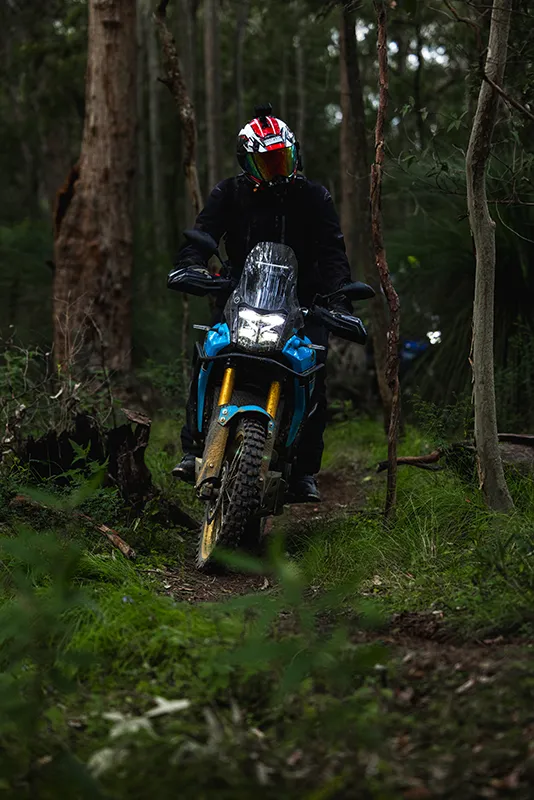
All told, the 2025 update does exactly what it needed to: refine the Ténéré 700 and provide a bunch of improvements that make a difference in the real world without losing any of that special-something that has made the T7 so popular. It still feels like the tough, go-anywhere twin we've come to love-but now it's more comfortable, more capable, and more polished. Yamaha didn't give us a new engine or radical redesign, but what they delivered was arguably more important.
Because here's the thing-when a bike is already this good, you don't need to reinvent it. You just need to listen. And Yamaha did. The result? A better T7-simple.























